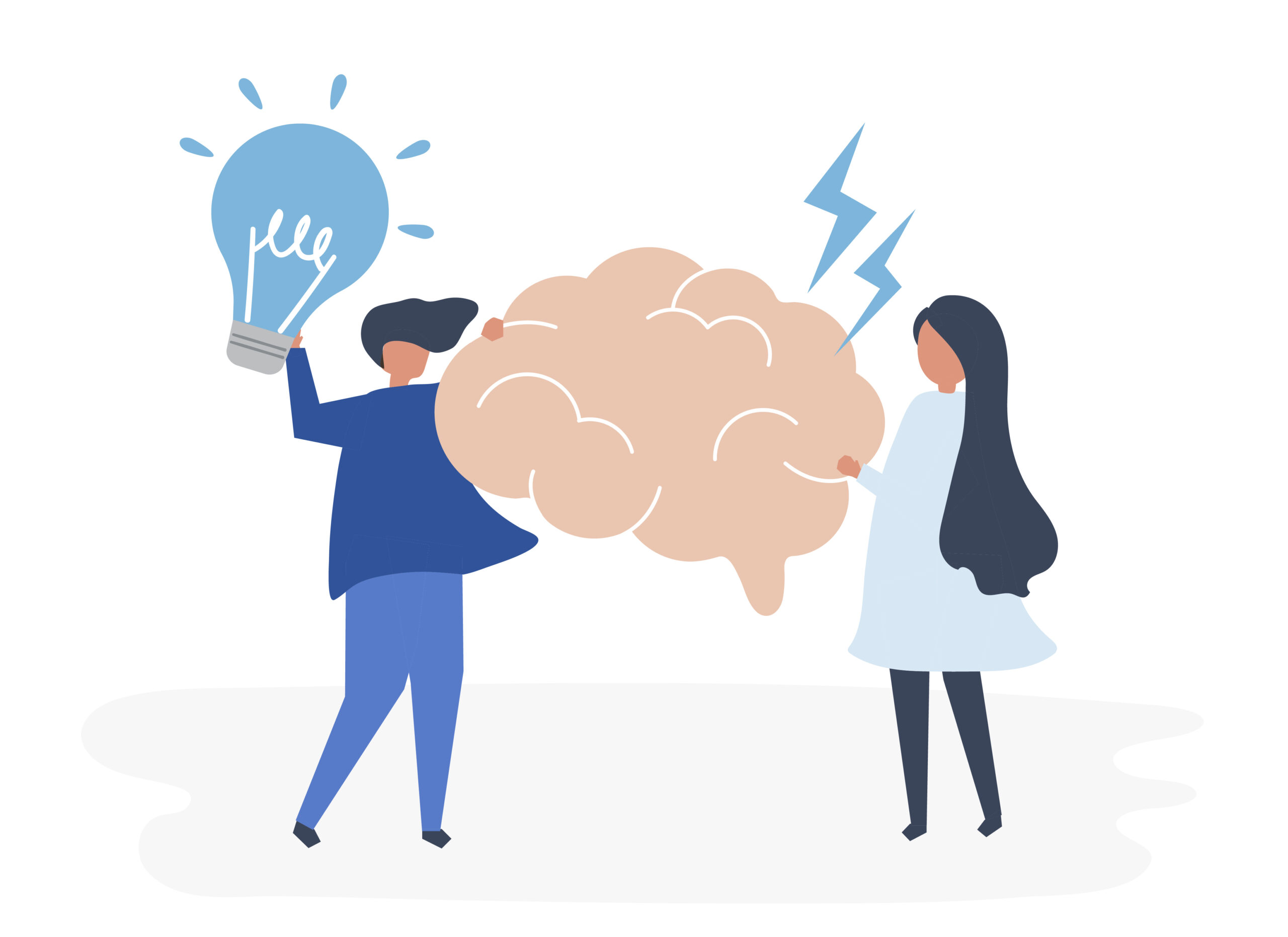Brainspotting is a therapeutic approach that’s gained attention in recent years, particularly in the field of trauma therapy. Developed by David Grand in 2003, it’s based on the premise that eye positions correlate with different emotional and physiological states, and by focusing on these “brainspots,” individuals can process and release trauma and other emotional issues more effectively.
6 reasons to start Brainspotting:
Efficiency:
Brainspotting often facilitates quicker results compared to traditional talk therapy. By directly accessing the brain’s processing mechanisms through eye positions, it can catalyze profound shifts in emotional states and trauma resolution.
Versatility:
It can be integrated into various therapeutic modalities, making it adaptable to different client needs and preferences. Whether you’re a psychotherapist, counselor, or psychologist, Brainspotting can complement your existing practice.
Non-verbal Approach:
Not all clients can easily verbalize their trauma or emotions. Brainspotting provides an alternative pathway for healing, bypassing the need for extensive verbal communication. This makes it particularly effective for clients who struggle to articulate their experiences.
Depth of Healing:
By accessing deeper layers of the brain and nervous system, Brainspotting can facilitate profound and lasting healing. Clients often report experiencing significant relief from symptoms related to trauma, anxiety, depression, and other emotional issues.
Client-Centered:
Brainspotting prioritizes the client’s internal experience, fostering a sense of empowerment and autonomy in the therapeutic process. Clients feel more in control of their healing journey, leading to greater engagement and commitment to the work
Evidence-Based:
While relatively new compared to some traditional therapies, Brainspotting is backed by growing research and clinical evidence supporting its effectiveness. This provides assurance to both practitioners and clients seeking evidence-based interventions.
During a Brainspotting session, the therapist helps the client identify a relevant issue or trauma. Then, through guided eye movements or fixation on a specific point (the “brainspot”), the client accesses deep emotional states and experiences associated with the issue. This process can facilitate the processing and resolution of trauma on both conscious and subconscious levels.
Brainspotting is one of the many types of therapy we provide.

